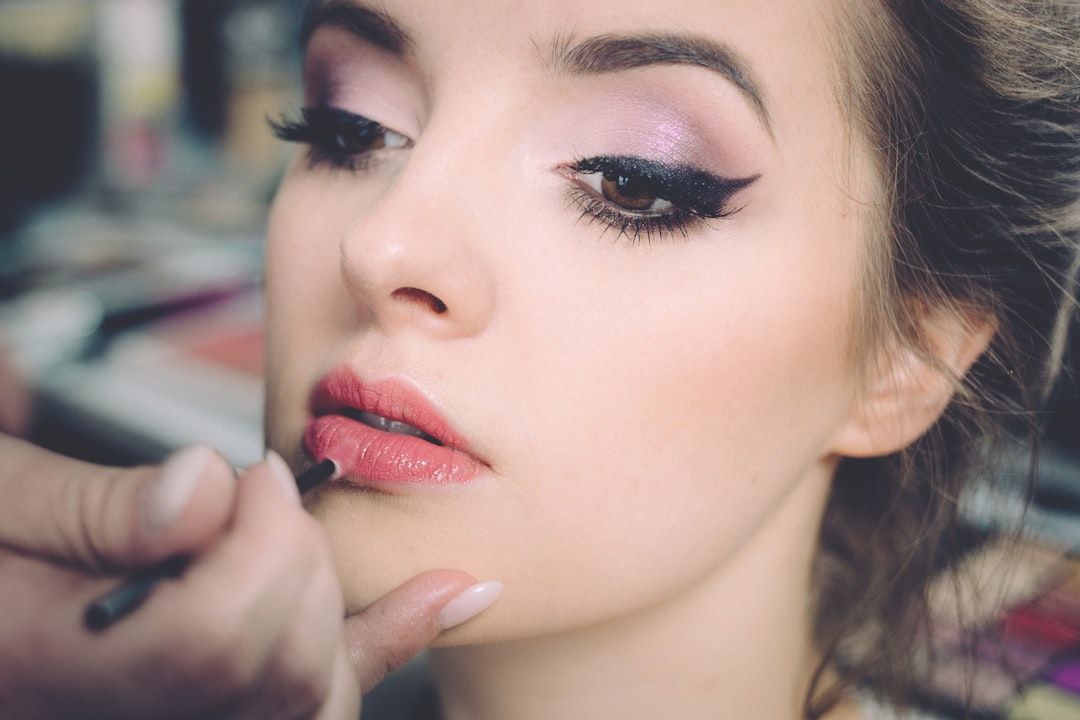

What is waxing
Strip waxing (soft wax) is accomplished by spreading a wax thinly over the skin. A cloth or paper strip is applied and pressed firmly, adhering the strip to the wax and the wax to the skin. The strip is then quickly ripped against the direction of hair growth, as parallel as possible to the skin to avoid trauma to the skin. Get the best hard wax products from Wax Wax. This removes the wax along with the hair. There are different forms of strip waxing or soft waxing: heated, cold or pre-made strips. Unlike cold waxing,
In effect this means that waxing saves you time and effort in the long run, as you won't have to deal with daily or weekly hair removal routines. Plus, the more frequently you wax, the finer and sparser your hair will become over time! So say goodbye to constant upkeep and hello to longer-lasting results with waxing.
5. How often should I get waxed if I have sensitive skin?
1. What type of wax should I use for at-home waxing?
Types
Top 10 Benefits of Waxing for Hair Removal
Pain relievers such as ibuprofen or acetaminophen can help reduce inflammation and pain associated with waxing. (Pain relievers) should be taken at least 30 minutes before your appointment to allow enough time for them to take effect.
This article needs additional citations for verification . Please help improve this article by adding citations to reliable sources . hard wax application Unsourced material may be challenged and removed.
Waxing is a form of semi-permanent hair removal that involves applying a sticky substance, such as wax, to adhere to body hair and then removing this covering to pull out the hair from the follicle. New hair will not grow back in the waxed area for four to six weeks. Waxing can be done on various parts of the body, including eyebrows, face, legs, arms, back, abdomen, chest, and feet. There are different types of waxing methods available, such as strip waxing (soft wax) and stripless wax (hard wax and film wax). While waxing is an effective method for removing hair in large amounts at once and provides long-lasting results compared to shaving or using depilatory creams, it can also be painful and expensive. Some people may experience ingrown hairs or skin irritation after waxing.
Male chest before and after waxing.
Proper exfoliation before and after waxing can help prevent ingrown hairs, making it a rare occurrence for most individuals.
What is waxing
Waxing offers longer lasting results compared to shaving or depilatory creams, making it a popular choice for those looking for smooth skin for an extended period of time. Waxing removes hair from the root, which means that it takes longer for the hair to grow back. This results in hair-free skin for approximately four to six weeks(Four to Six Weeks), depending on individual hair growth cycles. On the other hand, shaving only cuts hair at the surface level, leading to regrowth within a few days or even overnight! Similarly, depilatory creams dissolve hair just below the skin's surface, resulting in quicker regrowth as well.
The modern practice of waxing has evolved over time, with different techniques and types of wax available. Strip waxing, which uses a thin layer of wax applied to the skin and removed with a cloth or paper strip, is one common method. Another method is stripless waxing, where hard or film wax is applied directly to the skin and removed without the use of strips.

Hard Wax: Hard wax is a great option for sensitive skin as it adheres only to the hair and not the skin, reducing irritation and discomfort during the waxing process. (H3)
Sun exposure can increase the risk of hyperpigmentation or dark spots forming on the freshly waxed skin, as well as causing irritation and potentially delaying the healing process.
3. What are the benefits of exfoliating after waxing?
Historical facts about waxing
Schedule regular waxing appointments for long-lasting smoothness
To prolong the results of waxing, exfoliate regularly between sessions and moisturize your skin daily.